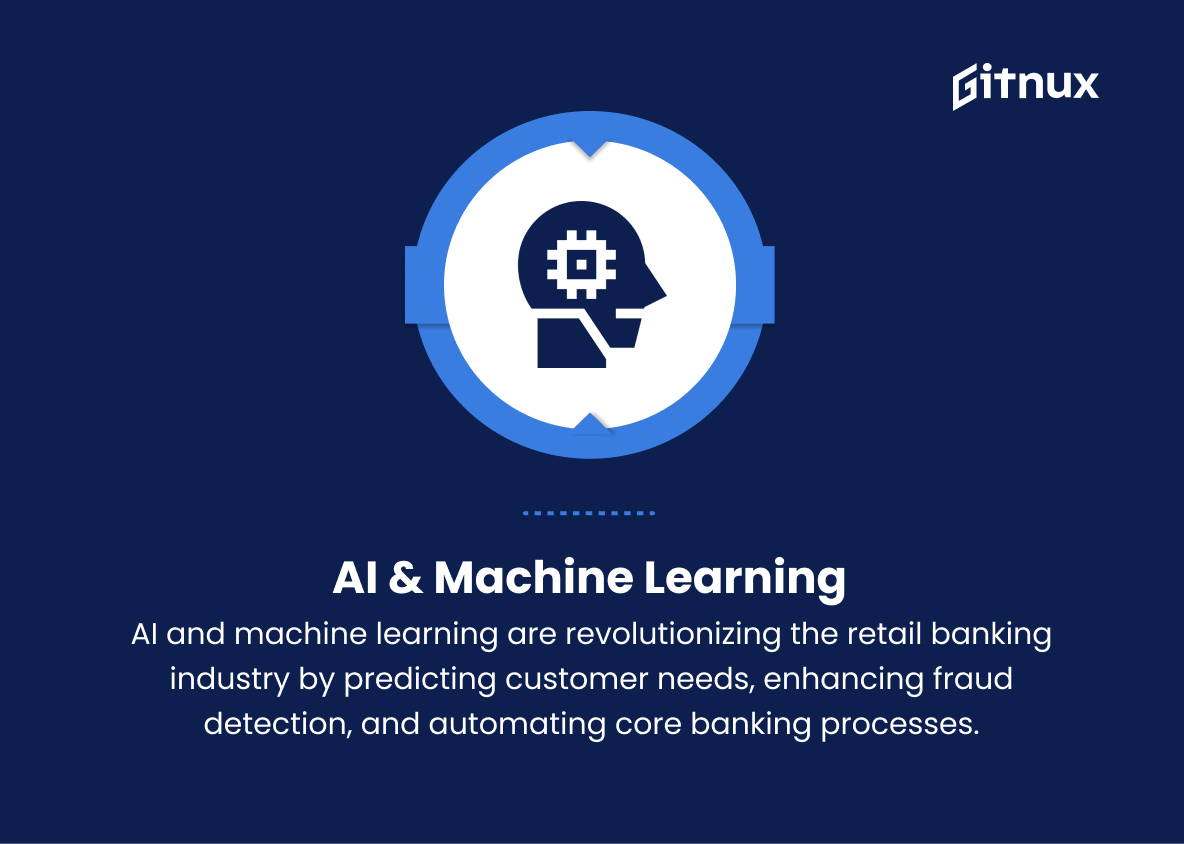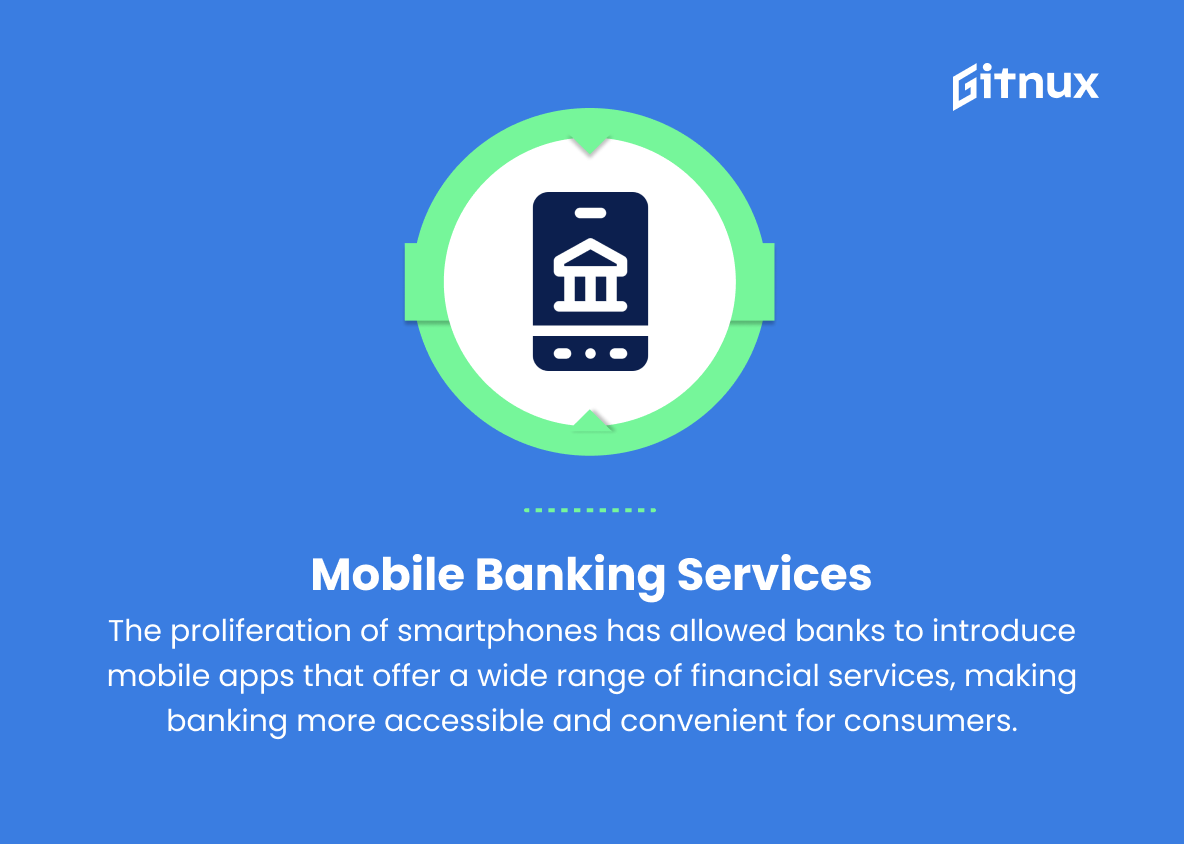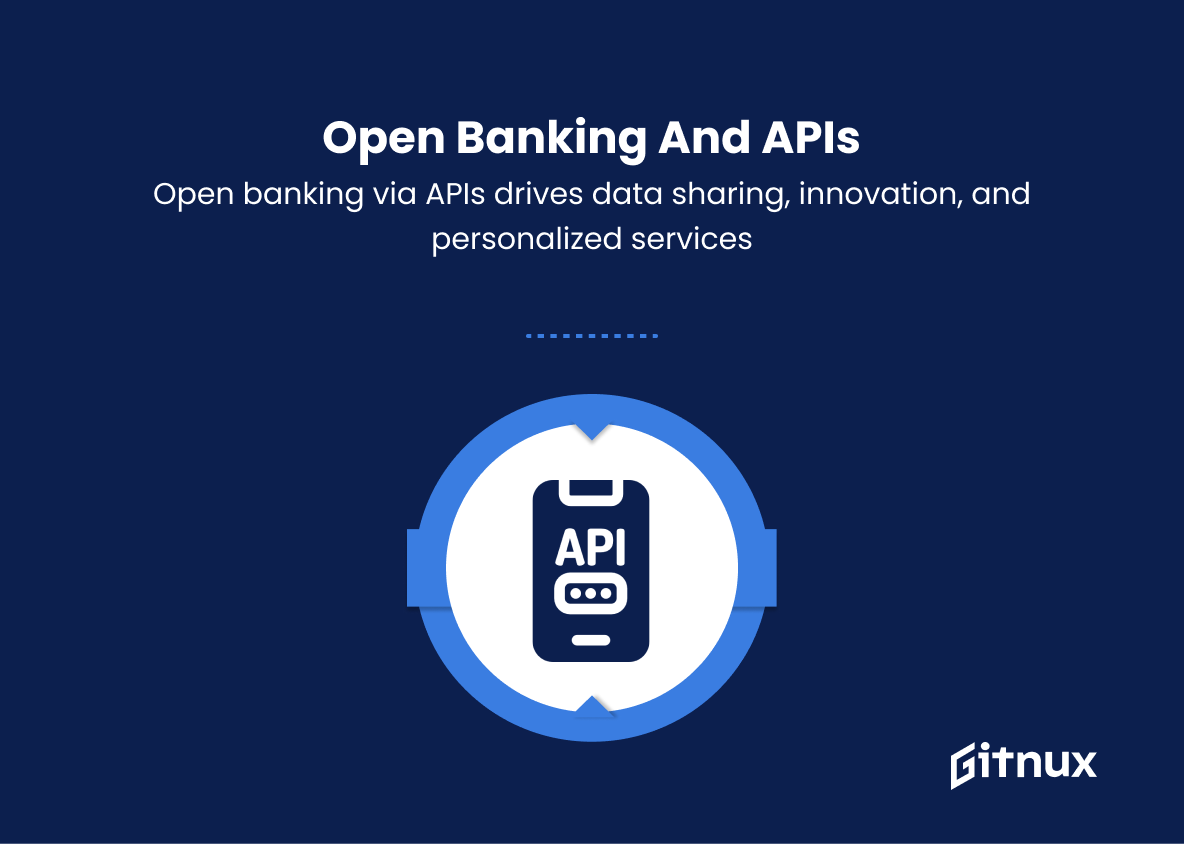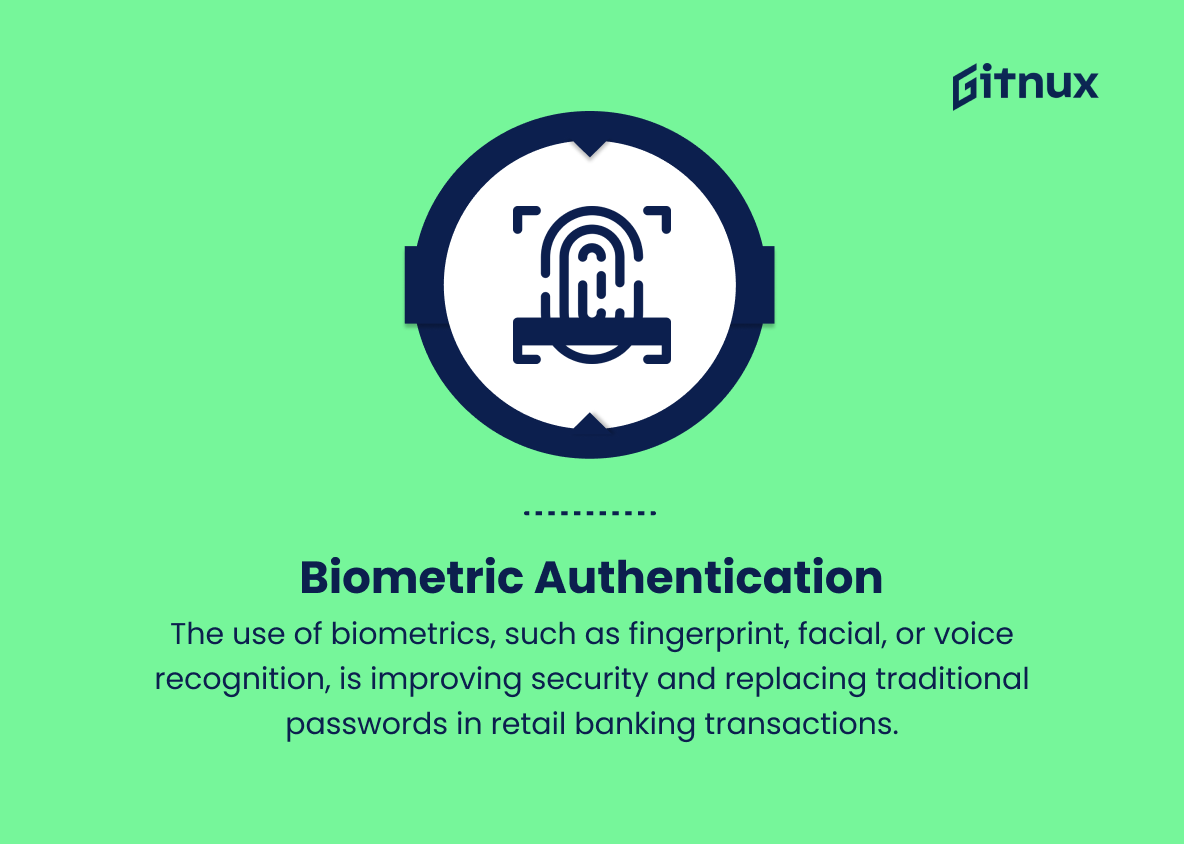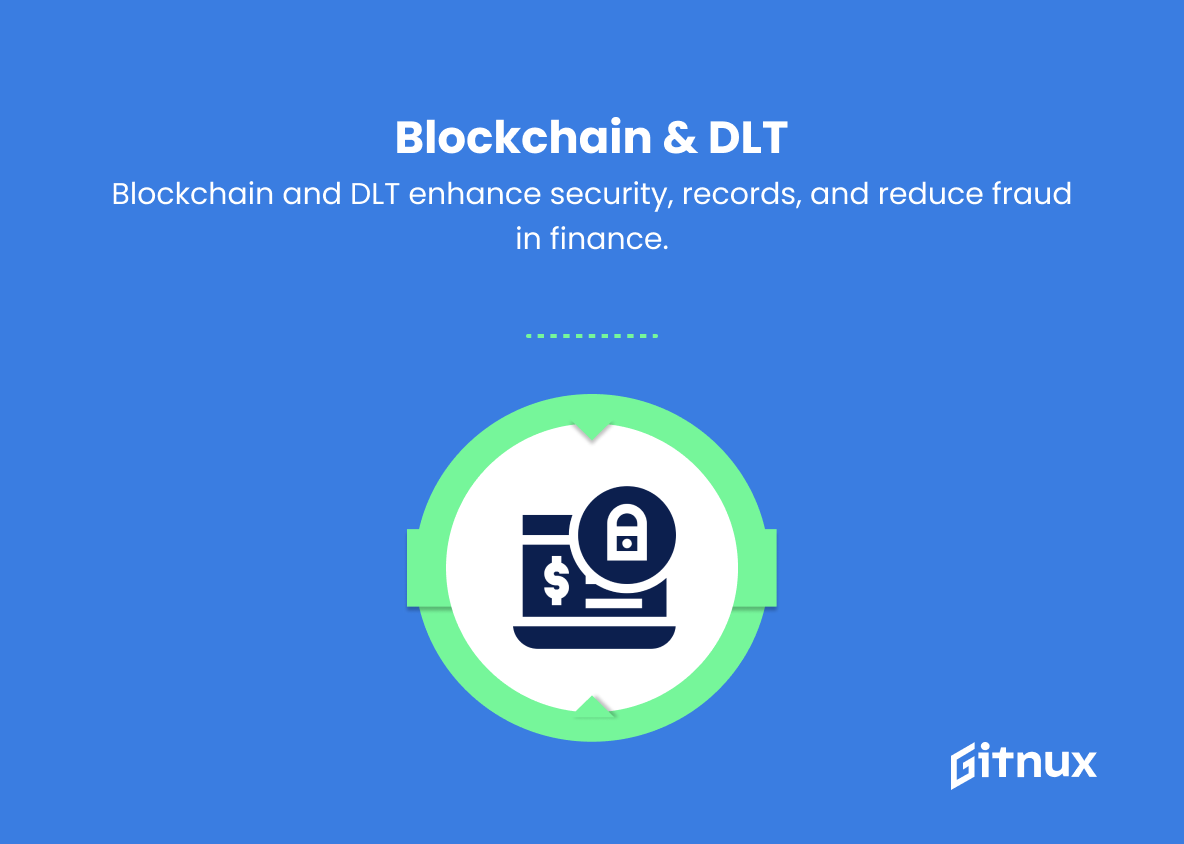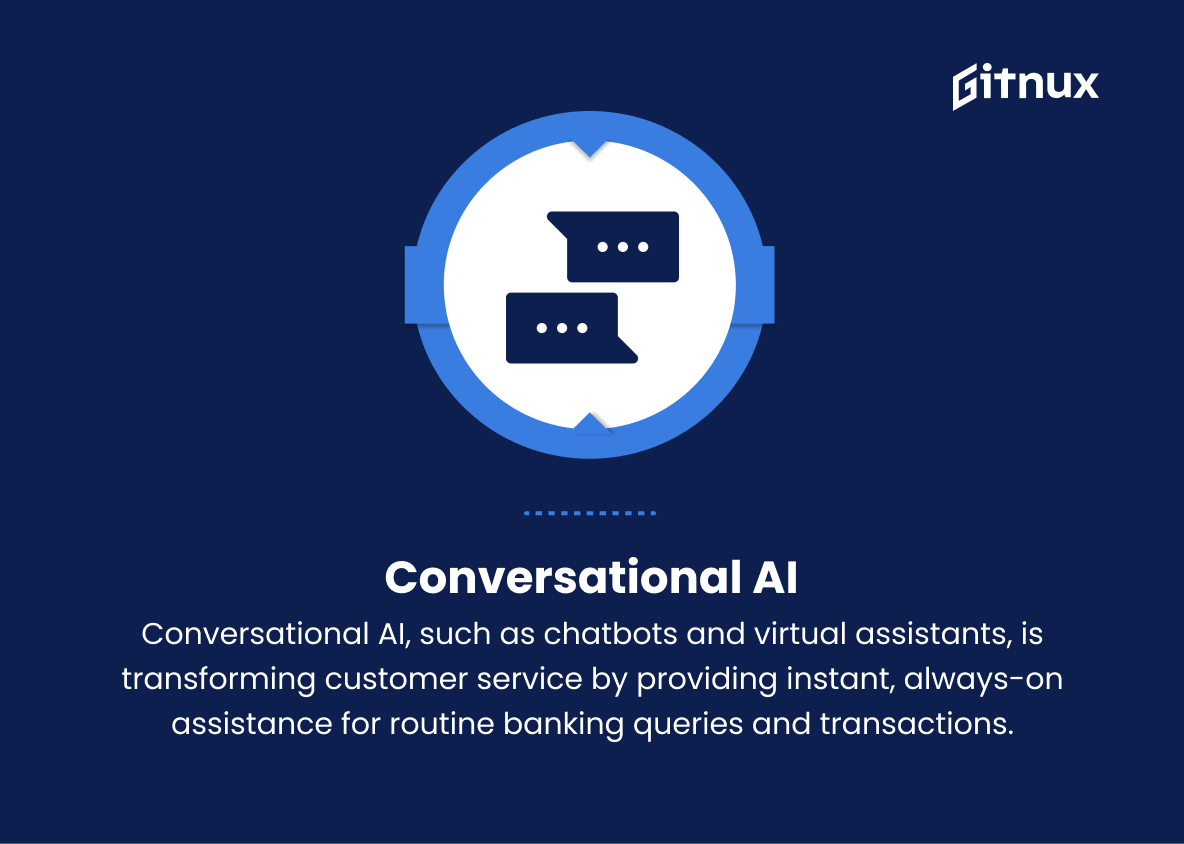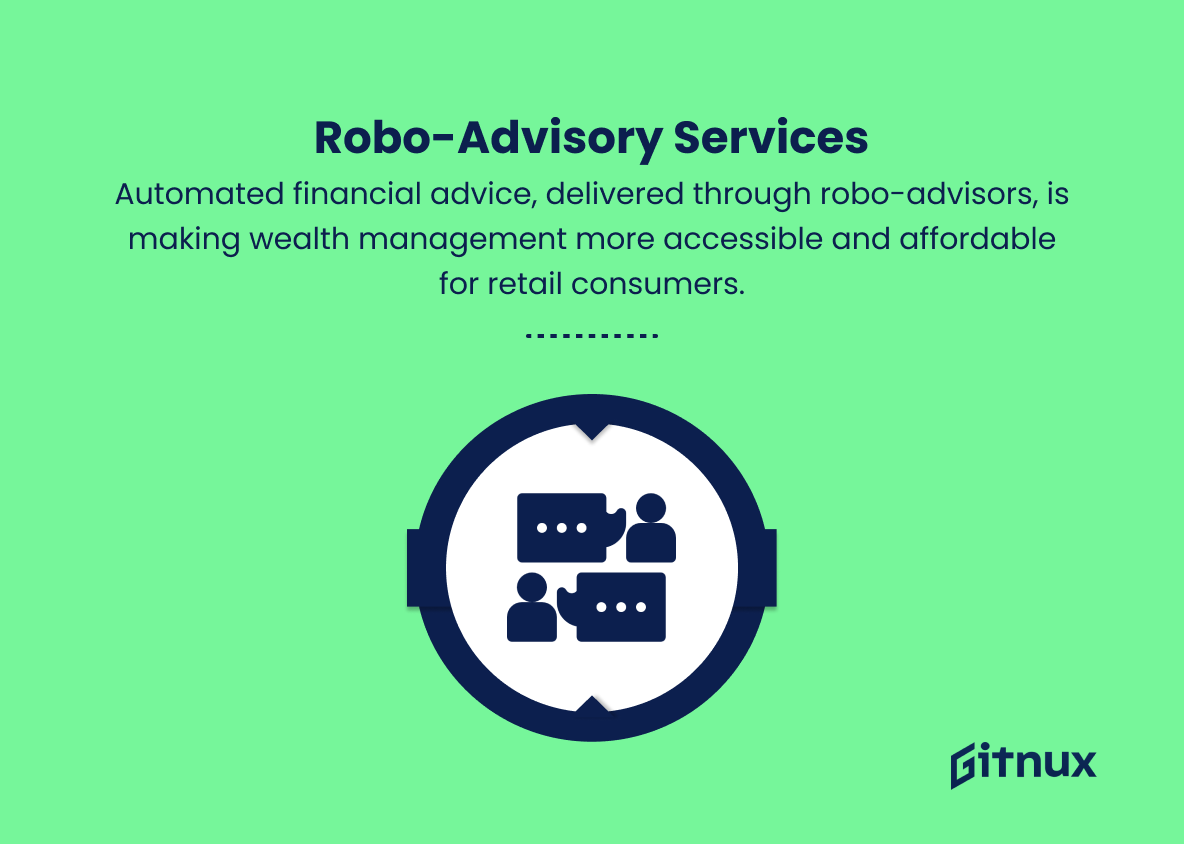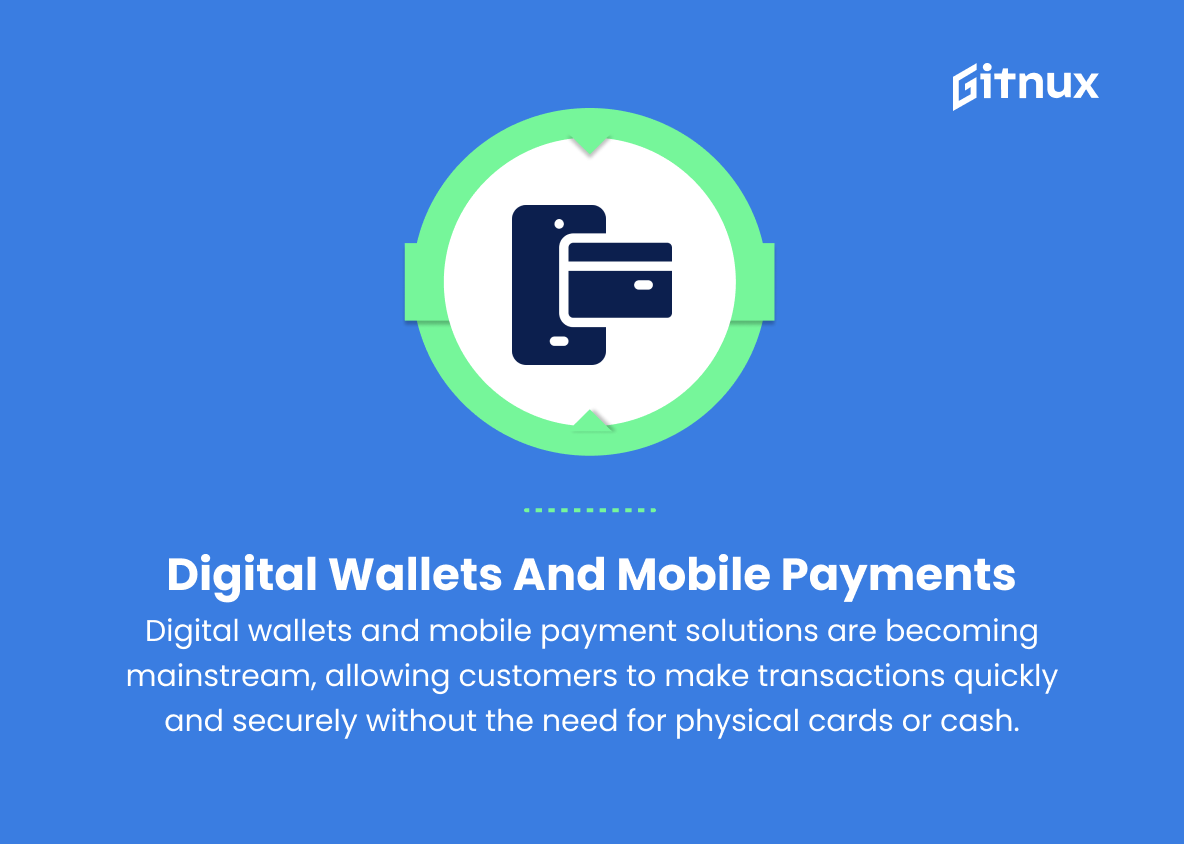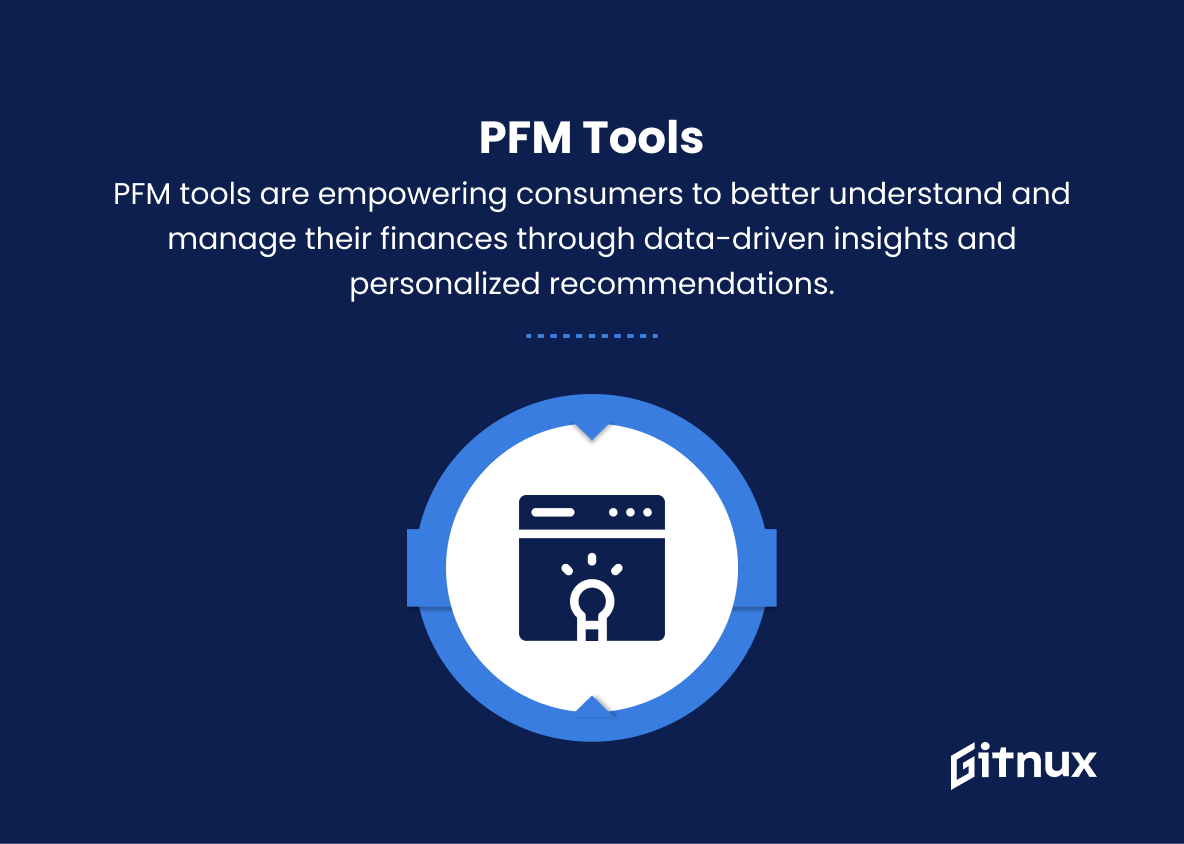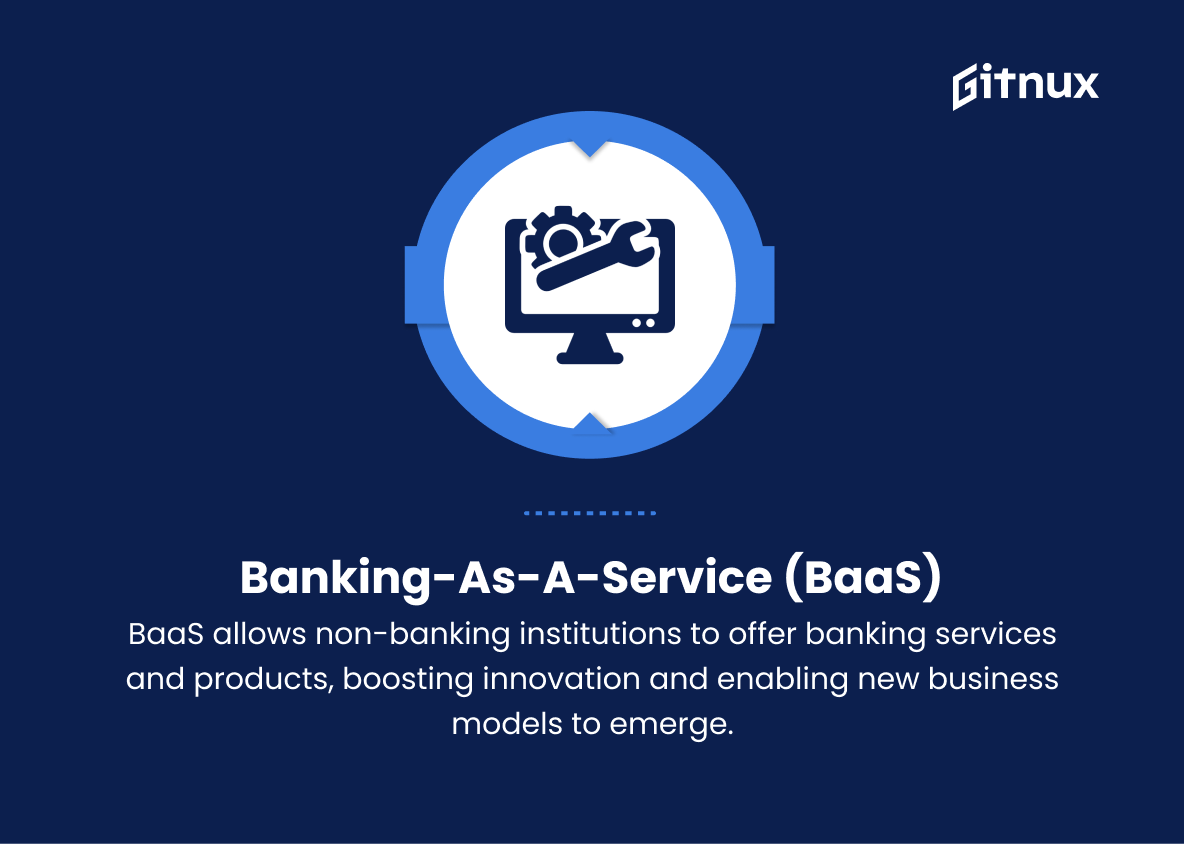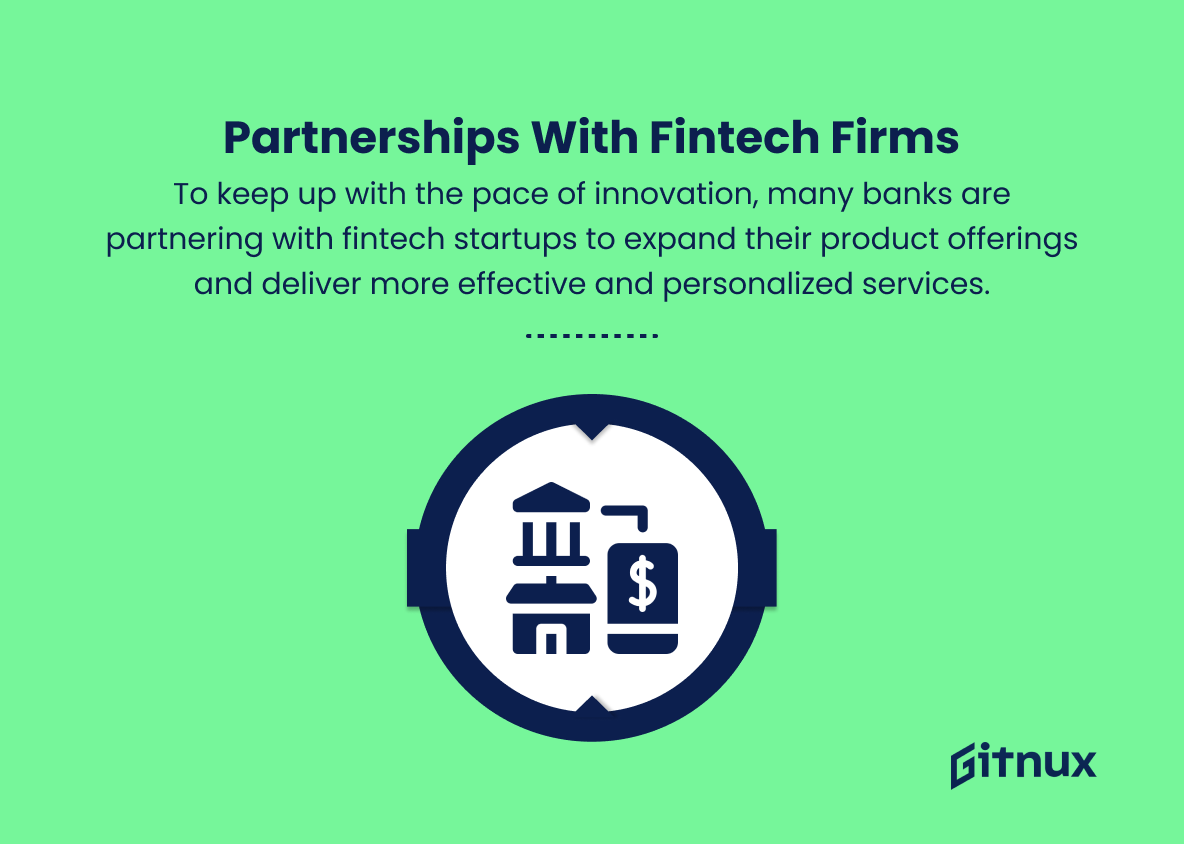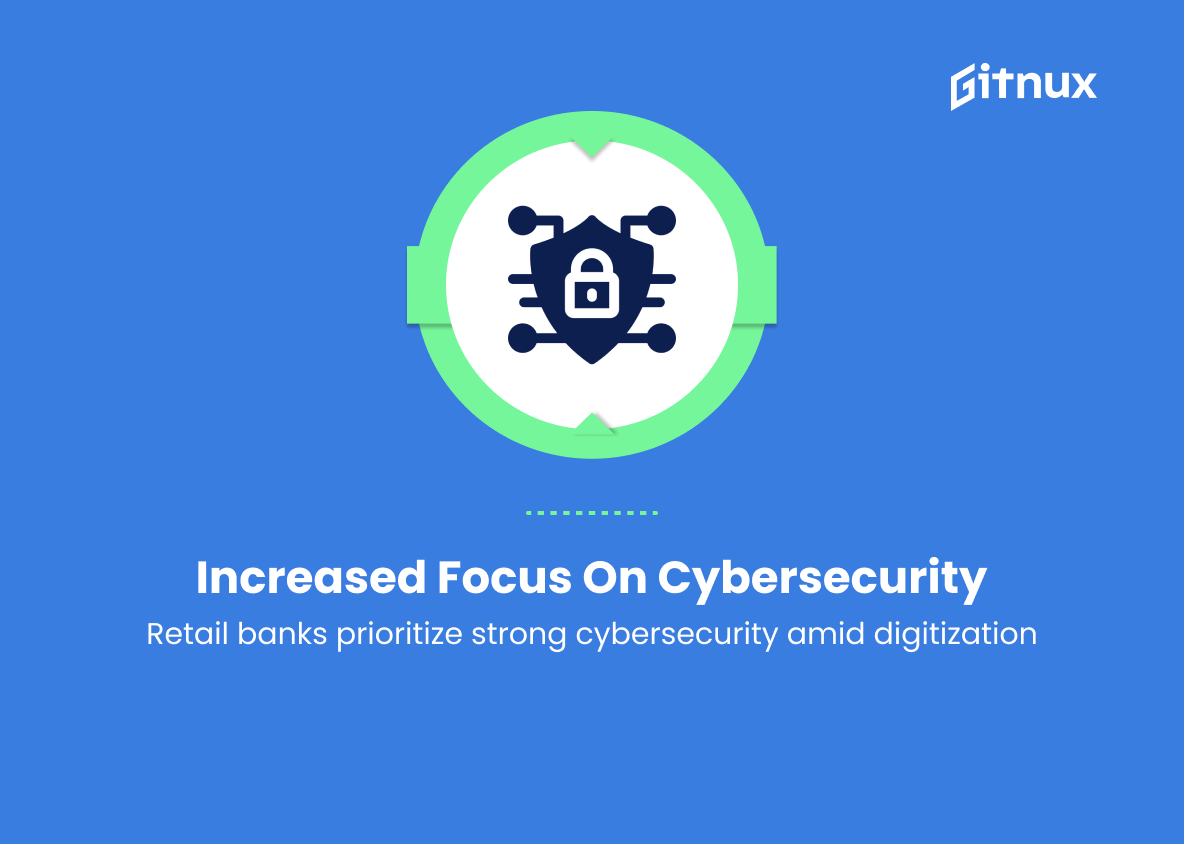In the ever-changing global financial landscape, retail banking is undergoing a significant transformation. Driven by rapid technological advancements, evolving customer expectations, and shifting regulatory requirements, financial institutions are continuously striving to stay relevant and competitive.
This blog post aims to delve deep into the most significant retail banking trends dominating the industry, providing valuable insights into current challenges, opportunities, and strategic imperatives that banks must address to stay ahead of the curve. Join us as we explore these pivotal shifts, and dissect their impact on the future of retail banking.
Top Retail Banking Trends
1. Artificial Intelligence (AI) and Machine Learning
AI and machine learning are revolutionizing the retail banking industry by predicting customer needs, enhancing fraud detection, and automating core banking processes.
2. Digital Banking Platforms
Many banks are migrating from traditional banking channels to modern digital platforms, offering seamless, integrated services and enhanced user experiences.
3. Mobile Banking Services
The proliferation of smartphones has allowed banks to introduce mobile apps that offer a wide range of financial services, making banking more accessible and convenient for consumers.
4. Open Banking and APIs
The move to open banking models, enabled through APIs, has facilitated the sharing of data between banks and third-party providers, driving innovation and facilitating the delivery of more personalized services.
5. Biometric Authentication
The use of biometrics, such as fingerprint, facial, or voice recognition, is improving security and replacing traditional passwords in retail banking transactions.
6. Blockchain and Distributed Ledger Technology
Blockchain and Distributed Ledger Technology (DLT) are emerging as promising solutions for securing financial transactions, improving record-keeping, and reducing the risk of fraud.
7. Conversational AI
Conversational AI, such as chatbots and virtual assistants, is transforming customer service by providing instant, always-on assistance for routine banking queries and transactions.
8. Robo-Advisory Services
Automated financial advice, delivered through robo-advisors, is making wealth management more accessible and affordable for retail consumers.
9. Digital Wallets and Mobile Payments
Digital wallets and mobile payment solutions are becoming mainstream, allowing customers to make transactions quickly and securely without the need for physical cards or cash.
10. Personal Financial Management (PFM) Tools
PFM tools are empowering consumers to better understand and manage their finances through data-driven insights and personalized recommendations.
11. Digital Currencies and Cryptocurrencies
As digital and cryptocurrencies continue to gain traction, banks are exploring ways to incorporate these into their retail offerings, such as offering crypto-based accounts, loans, and investments.
12. Remote and Contactless Services
As a response to changing consumer preferences and the COVID-19 pandemic, banks are expanding their remote and contactless banking services, including the adoption of contactless cards, QR code payments, and video banking services.
13. Banking-as-a-Service (BaaS)
BaaS allows non-banking institutions to offer banking services and products, boosting innovation and enabling new business models to emerge.
14. Partnerships with Fintech Firms
To keep up with the pace of innovation, many banks are partnering with fintech startups to expand their product offerings and deliver more effective and personalized services.
15. Increased Focus on Cybersecurity
With increasing digitization, retail banks are placing a greater emphasis on ensuring robust cybersecurity measures to protect sensitive customer information and maintain trust in their digital channels.
16. Socially Responsible Banking
Banks are increasingly adopting socially responsible practices, such as supporting sustainable investment options, promoting financial inclusion, and helping customers achieve their environmental, social, and governance (ESG) goals.
17. Data Analytics and Big Data
The use of data analytics and big data in retail banking is enabling better decision-making, risk management, and targeted marketing to deliver more personalized services to consumers.
18. Omni-Channel and Unified Customer Experience
Banks are striving to provide seamless, integrated experiences across all their customer touchpoints, from digital channels to brick-and-mortar branches.
19. Cloud-Based Services
Banks are increasingly adopting cloud-based software solutions to improve the efficiency and scalability of their IT infrastructure.
20. Financial Inclusion and Neobanks
The rise of digital-only and challenger banks, or “neobanks,” is contributing to the democratization of financial services and increasing access to banking for underserved populations.
Implications
The retail banking industry is undergoing a massive transformation, driven by advancements in technology and evolving consumer preferences. Innovations in artificial intelligence and machine learning are reshaping the sector by automating core banking processes, predicting customer needs, and enhancing fraud detection. The migration to digital banking platforms and the widespread adoption of mobile banking services have made the banking experience more seamless and integrated, while open banking models and API-driven data sharing have spurred innovation in the delivery of personalized services.
Enhanced security measures, such as biometric authentication, and emerging technologies like blockchain, have strengthened the industry’s defenses against fraud and cyber threats. As a response to these advancements, conversational AI and robo-advisory services are transforming customer service and making wealth management more accessible for retail consumers. Simultaneously, digital wallets, mobile payments, and personal financial management tools are empowering customers to conduct transactions securely and manage their finances effectively.
As digital currencies gain prominence, banks are adapting by offering crypto-based services and exploring new opportunities in the cryptocurrency ecosystem. The pandemic has accelerated the shift towards remote and contactless banking services, with the adoption of contactless cards, QR code payments, and video banking becoming increasingly popular. Banking-as-a-Service models and partnerships with fintech firms are driving further innovation in the industry while placing a stronger emphasis on cybersecurity measures to protect sensitive customer data.
Social responsibility is also gaining traction in retail banking, as banks support sustainable investment options, financial inclusion, and ESG goals. The integration of data analytics, big data, and the pursuit of an omni-channel, unified customer experience are enabling more personalized and finely-tuned customer service delivery. Additionally, the adoption of cloud-based services has improved the efficiency and scalability of banks’ IT infrastructure. Finally, the rise of neobanks and financial inclusion initiatives are democratizing access to financial services and ushering in a new era of retail banking that caters to the diverse needs of individuals and communities worldwide.
Conclusion
In conclusion, retail banking trends are evolving at a remarkable pace, with digital innovation, shifting customer expectations, and a heightened focus on sustainability shaping the financial landscape. Banks must continue to adapt, embrace emerging technologies, and prioritize customer-centric initiatives in order to thrive in this new era.
Additionally, addressing the growing demand for environmentally and socially conscious banking options will be of significant importance in order to reaffirm a bank’s commitment to the well-being of its customers and the global community. By staying ahead of these trends, retail banks will not only secure their position in a competitive market but also foster growth and prosperity for all stakeholders involved.
